We’re getting into T-shirt weather.
I’ve loved T-shirts all my life.
And America does a good tee.
Let’s talk about the white tee. Think of Bruce Springsteen on the cover of Born in the USA – or in the Dancin’ in the Dark music video. He’s wearing a basic white T-shirt.
Think of James Dean in Rebel Without A Cause, Brando in A Streetcar Named Desire. Think of Matthew McConaughey in Dazed and Confused with his pack of smokes rolled into the sleeve of his white tee. Think of Kevin Bacon line-dancing in Footloose. Think of Danny Zuko in Grease.
Paul Newman, Robert Redford and Steve McQueen all appeared in movies in white undershirts.
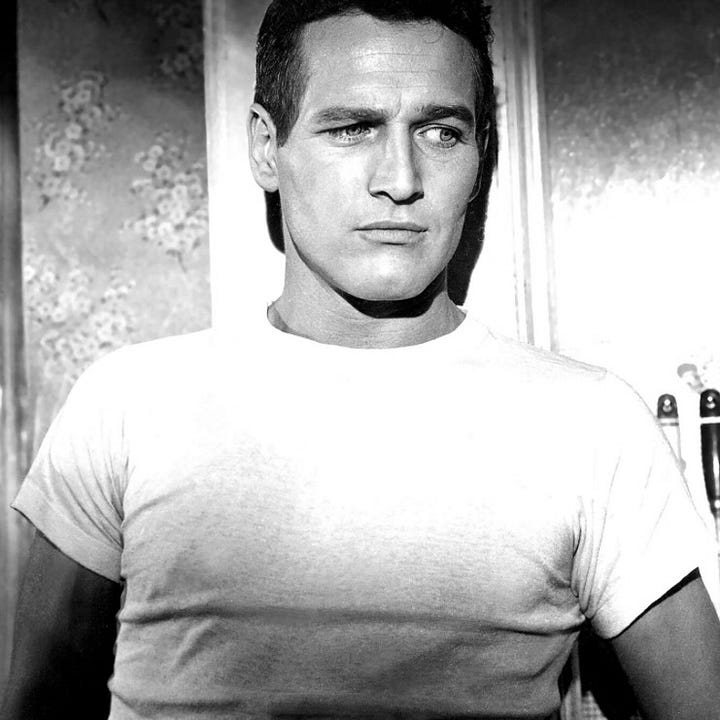
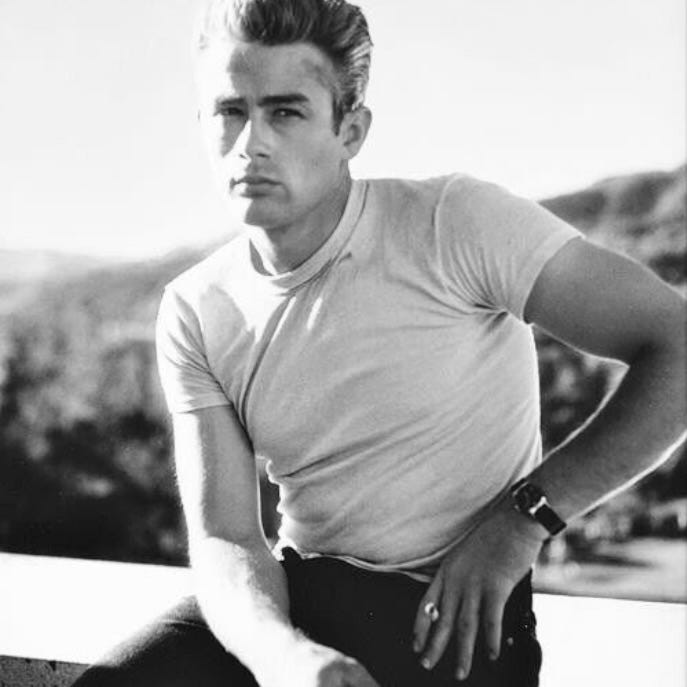

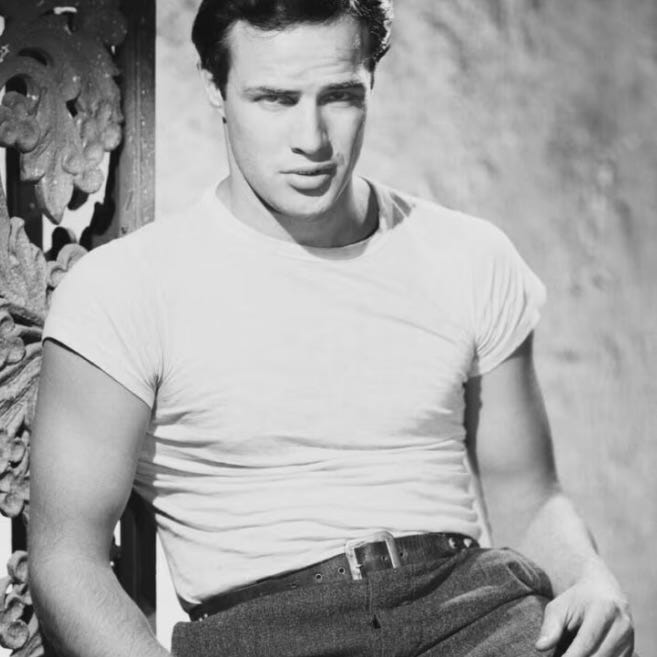
In the USA, mens white tees are traditionally sold as underwear. There are brands like Fruit of the Loom and Hanes that sell three-packs of white tees to wear under flannel shirts or Carhartt work shirts.
American men wear white tees when they lay down rail track, or mine steel or cut down trees.
So when Brando and Dean wore their white T-shirts, they were not only stripped down to their underwear, they were also associating themselves with the working man.
T-shirts are sexy. Over here, sports jerseys, varsity tees, skater tees, surfer tees and wet T-shirts are the stuff of fantasies.
A melange tee is what Americans have associated with their athletes and astronauts since the early 20th Century. Melange is a blended fibre and most often results in a speckly grey colour. Tracksuit material is everywhere now, but that grey cotton – with or without its fleecy reverse side – was the original athleisure fabric.
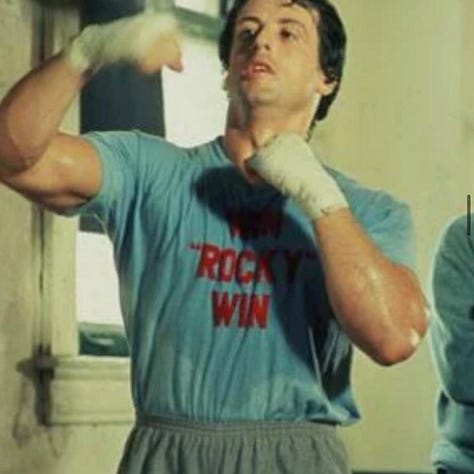

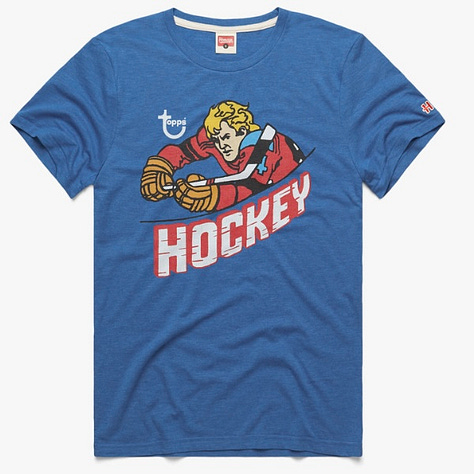

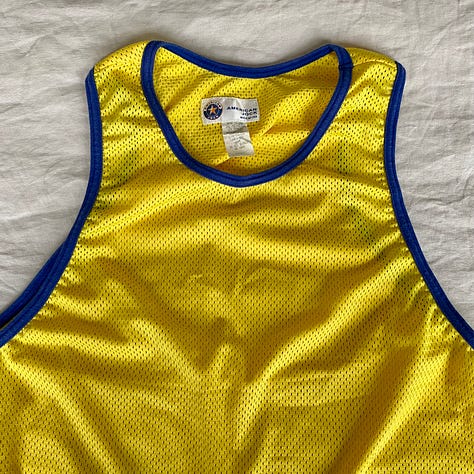
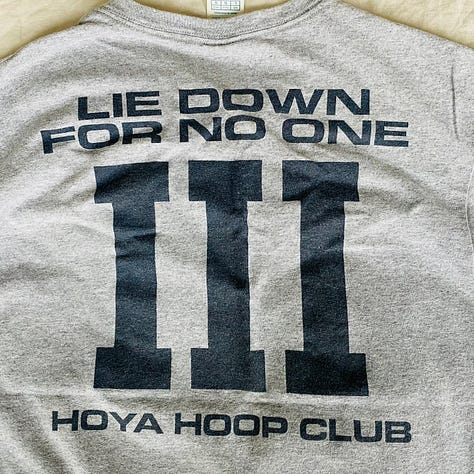
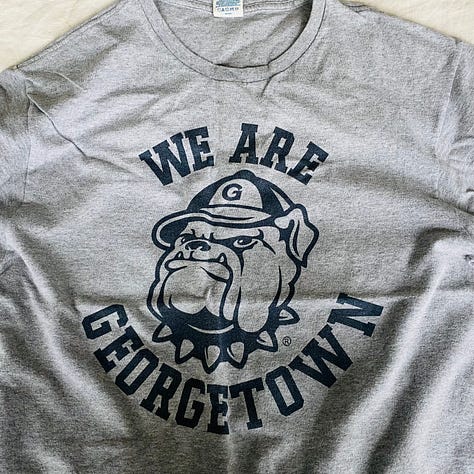
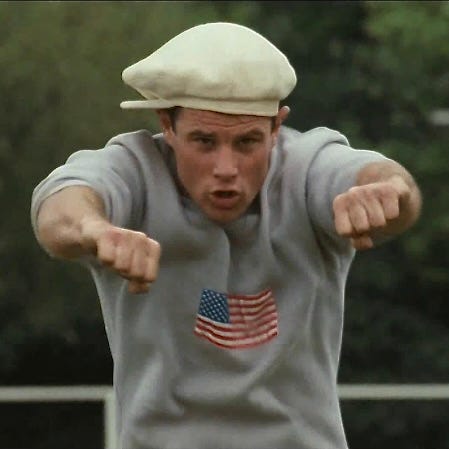
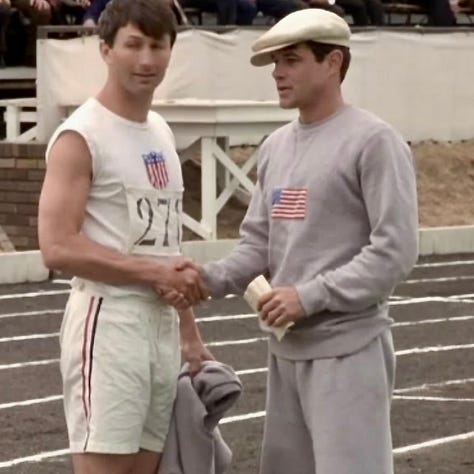
The 1970s were, hands down, the sexiest decade for the T-shirt.
In the seventies, teenagers started wearing band tees. T-shirts were wore tight. There were beaded tees and transfer tees, slogan tees and glitter tees. It was the time of the tie-dye tee.
This was the golden age of T-shirts. It was the time of rock and roller skating, of feminism and black power.
Do you remember the transfer, a thin, plasticky image that was ironed on a virgin T-shirt front?
In the late seventies, my older sister had a T-shirt with a highly romanticised horse T-shirt that incorporated windblown mane hair, sunset clouds and glitter swirls. She chose the iron-on design at a shop on Somerset West Main Road that also sold posters.
One of my older brothers had a red Coca-Cola T-shirt – the swirly Coca-Cola with the wavy underline, obviously.
The seventies were an innocent time, when people bought brand tees because the designs were good-looking, not because they worked at Coke or Budweiser. Teenagers saved their pocket money to walk around like walking adverts for trendy brands – like human sandwich boards.
My younger brother had a T-shirt with his name spelled out in felt letters across the front. The letters were iron-on – you guessed it – and came from the same achingly cool poster and T-shirt shop.
Those T-shirts are still cool. Quite right too, especially when the iron-on designs have faded and cracked.
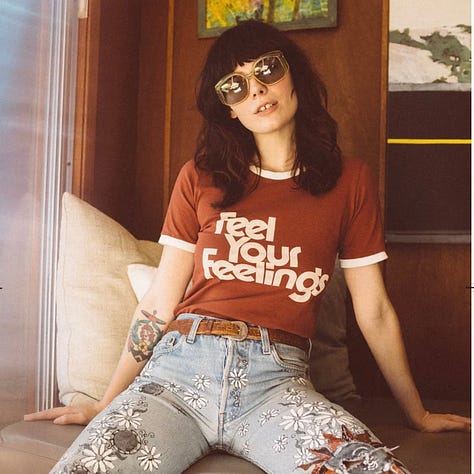
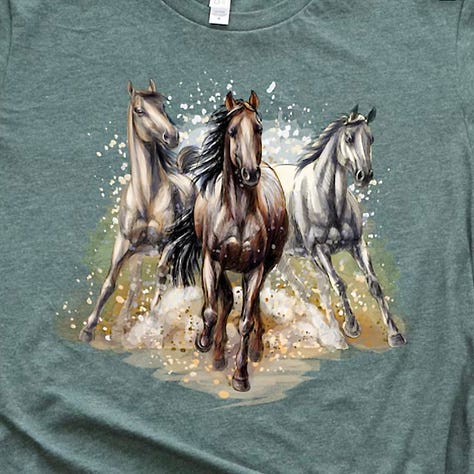

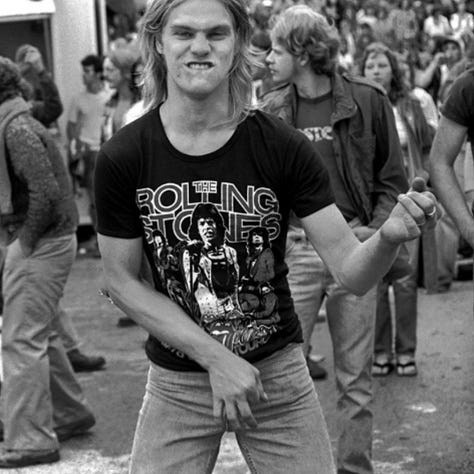
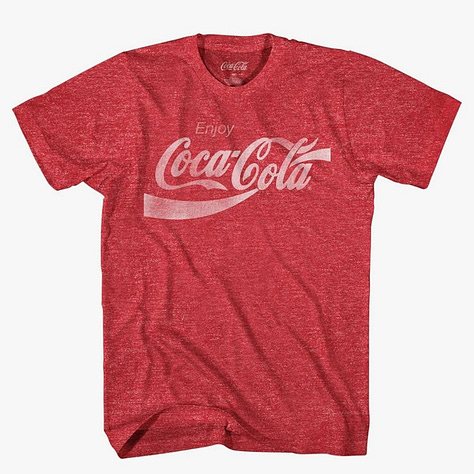
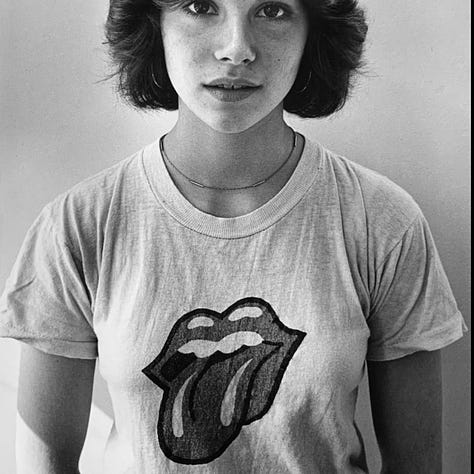
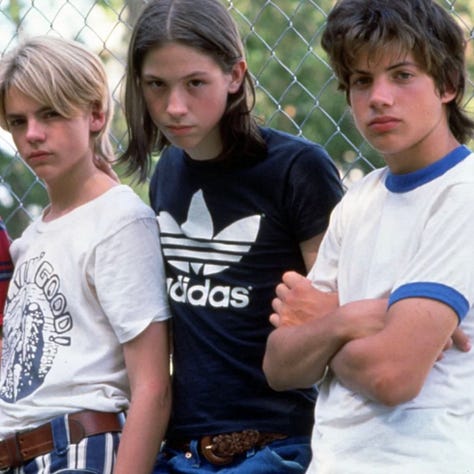
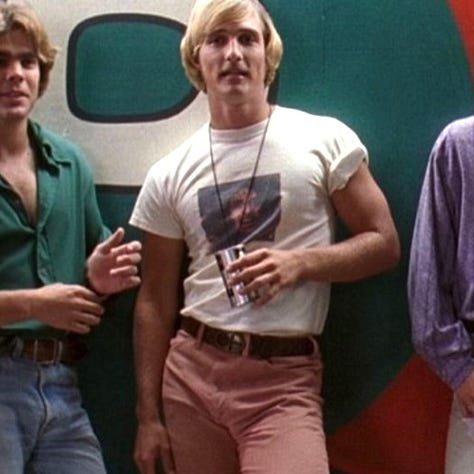
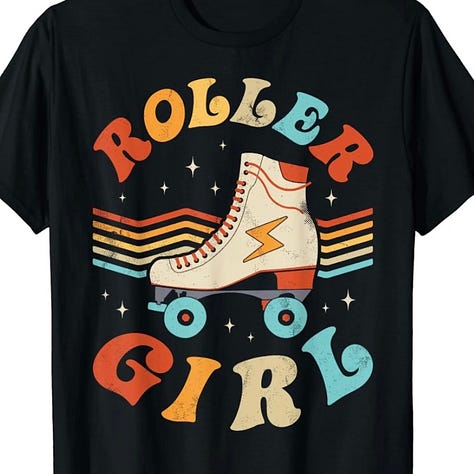
There’s the band tee. When you go to a Def Leppard or Grateful Dead concert, you get the t-shirt. It’s sold at the merch stand. The tour dates and venues are printed on the back.
Band tees advertise the band and they advertise the fact that you, as a devoted fan, not only attended the concert, but also plumped for the T-shirt.
Band tees are great vintage buys. You can tell how old they are because of the tour dates. I imagine a vintage Pixies T-shirt or your mum’s Violent Femmes band tee would look good on campus.
There’s a Brooklyn artist I love who does drawings of the outfits worn by her unbelievably cool children and their friends. Her site is called What My Daughter Wore. Those kids love a band tee.
Through band tees, you associate yourself with the culture of the band. You might not be in a band, but by wearing a band tee, you prove your participation in youth culture.
Worn seriously or nostalgically, people who wear band tees associate themselves with crowds of young people, very loud music, loose joints and big beers in plastic cups.
Band tees are for hippies, rockers and pop fans. They’re for anyone who loves getting wasted in a mist of sweat, when heartbeats are replaced by basslines and you can’t hear your own voice yelling your favourite lyrics.
I wish I had a Bob Dylan T-shirt. Not even a concert tee. One with an album cover would do. The Times They Are A-Changin’, maybe.


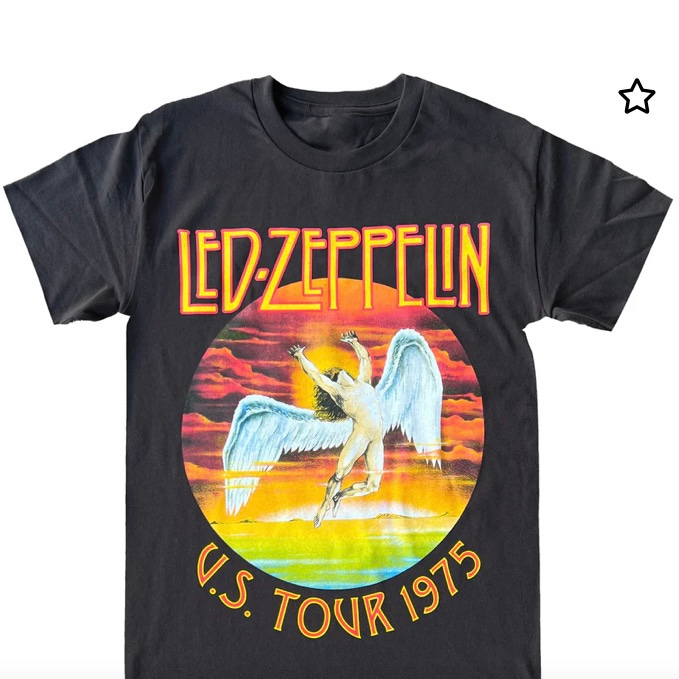
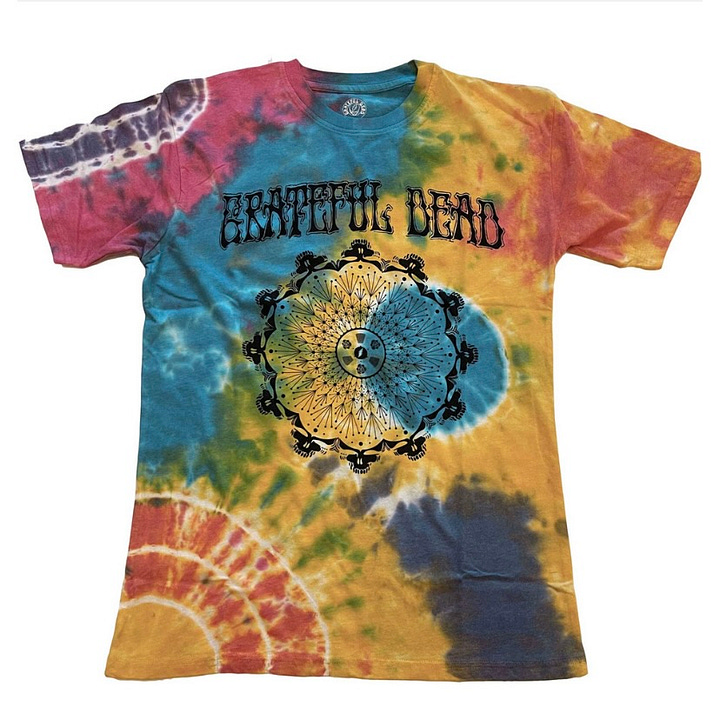
I associate the slogan tee with the 1980s. This is self explanatory. It’s a T-shirt made to spread the message of a cause. It might have been made for a march.
You see plenty of slogan tees in Washington DC, especially if you go for a walk downtown near The National Mall.
As a youth I owned a Wild Women T-shirt and a Rape Crisis T-shirt, amongst others.
A few Sundays ago, my son and I walked through a protest between The Tidal Basin and The Washington Monument. The protestors were very animated. I was curious about this – as I am about any public spectacle.
You have no way of knowing if I’m telling the truth about this; you’ll have to trust me: It was about circumcision. It was against circumsion. There were many penis puns.
“Of all the things to protest, in this city of all cities, at this time of all times, this is what they chose.”
That’s what I said to my son, who smiled in that wise way of his, and kept on walking.
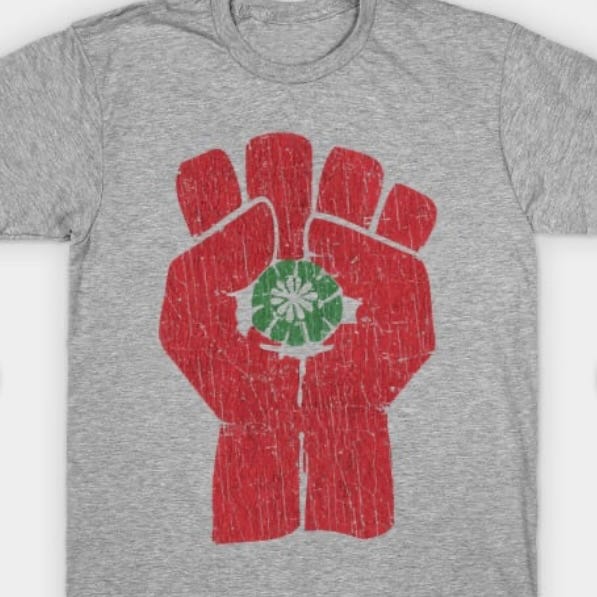
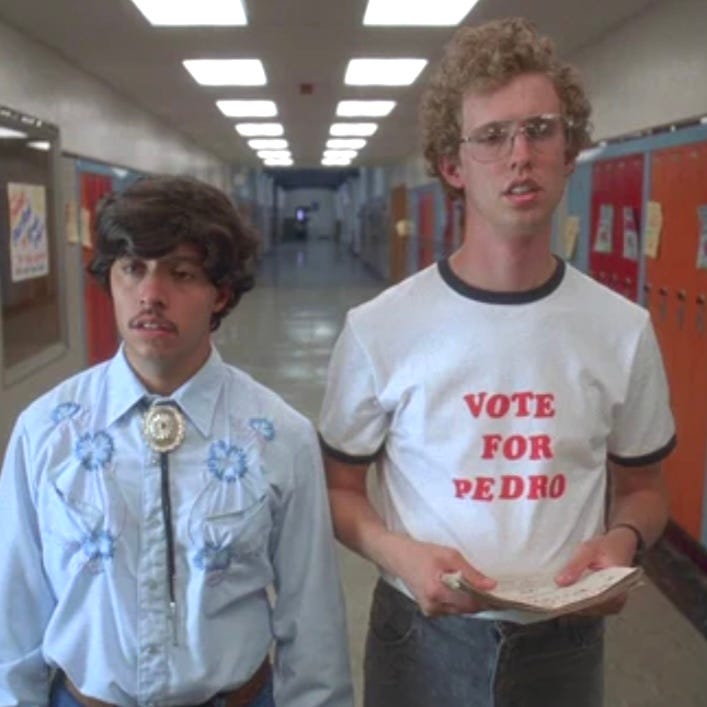
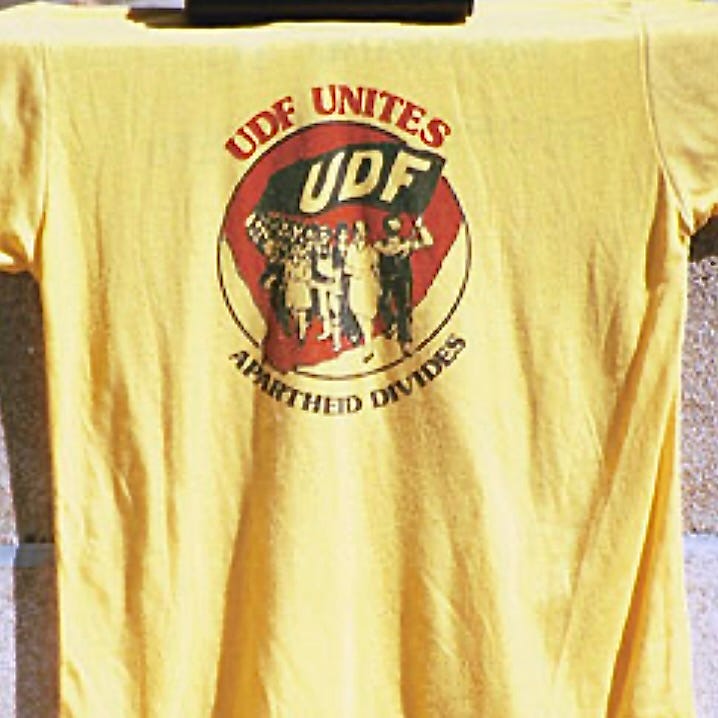
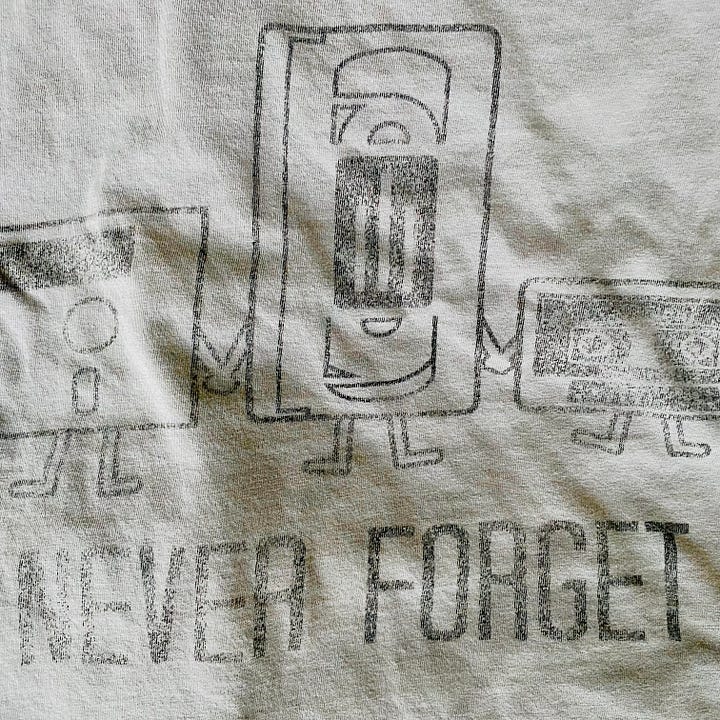
In the 1980s, punks started ripping T-shirts and adding safety pins.
T-shirts were scissored along the bottom to create the crop top. Raw hems and exposed seams became a thing.
T-shirts belong in counter culture.
They’re youthful and cheap and easy.
They’re period and current. They’re comfortable and sexy. They’re universal and unisex.
I don’t care if you’re a look-no-hands placard or if you’re wearing your gym top.
I don’t care if you’re a fan or a frump.
I think T-shirts are awesome.

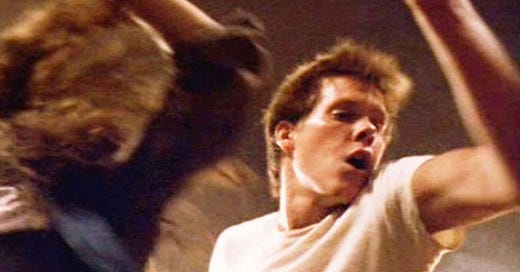



I love this, Daisy! Fun and fresh writing. I love t-shirts, but not just any kind. I've always been a fan of the classic white t-shirt.